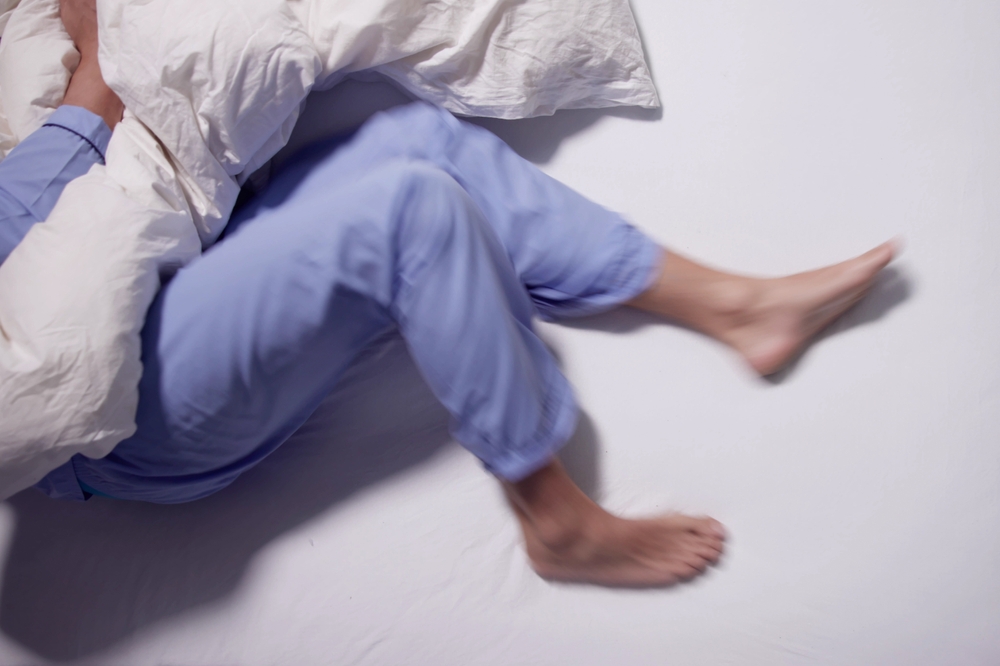Key Steps According to a Neurologist.
Others are reading now
Suffering from Restless Legs Syndrome (RLS) can be a challenging experience, marked by uncomfortable sensations in the legs. In a recent Instagram video, neurologist Dr. Olivier Sillam revealed the first crucial step to take if you’re suffering from these symptoms. This is reported by French Femmeactuelle.
RLS, affecting 8.5% of the French population, as per the Health Insurance data, is characterized by tingling, prickling, and sensations of heat or cold in the legs. These symptoms, known as “impatiences,” can be particularly distressing.
Dr. Sillam advises that the symptoms of RLS typically occur at rest, especially in the evening while lying down. Movement can significantly reduce or even eliminate these symptoms, he notes.
For those grappling with the daily struggles of RLS, Dr. Sillam recommends a blood test as the first course of action, particularly to check iron levels. Iron deficiency can significantly worsen the symptoms of RLS.
Also read
Health Insurance points out that while the exact causes of RLS are not fully understood, two factors play a role in triggering it: a lack of dopamine in certain areas of the brain and spinal cord, and iron deficiency, with or without anemia.
Iron supplementation can have a positive effect on the symptoms of RLS, Dr. Sillam explains. If supplementation alone is insufficient, there are other treatments available to alleviate the symptoms.
For managing RLS, lifestyle changes can mitigate symptoms, according to Health Insurance. In some cases, medications like dopaminergic agonists may be prescribed by neurologists. Dr. Laurène Leclair-Visonneau, a neurologist at the Sleep Center of CHU Nantes, mentioned in an interview with Femme Actuelle that while these medications can be effective, they are not always well-tolerated. Temporary relief from RLS symptoms can also be achieved through warm baths, massages, and stretching exercises.
Understanding these key steps and seeking appropriate medical advice can help manage the discomfort associated with Restless Legs Syndrome, making daily life more comfortable for those affected.



